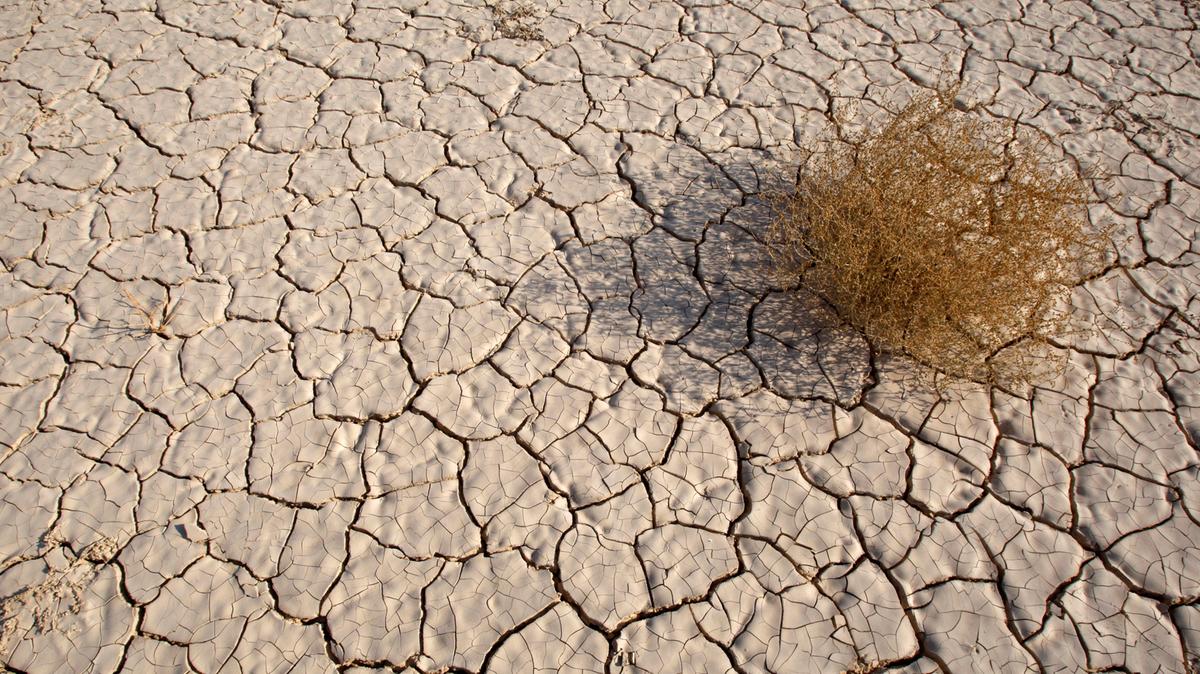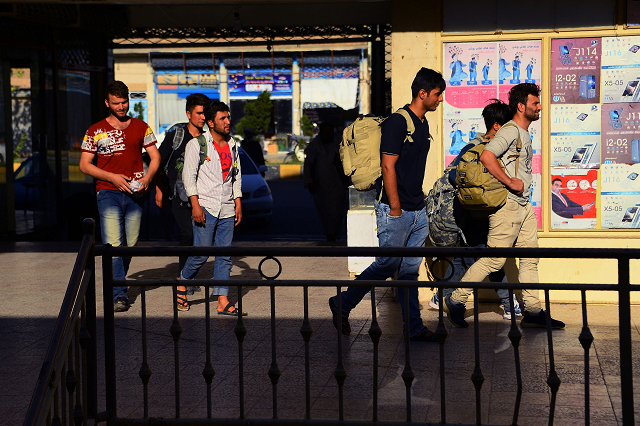
Reports from the UN and aid charities described farmers lacking seeds to sow following crop failures in some areas and livestock dying for the want of anything to eat. Afghanistan, a country where nearly 20 million people rely on farming, has suffered a 45% fall in agricultural output this year as the drought has bitten, officials at the
ministry of agriculture have said.
Farmers in war-torn Afghanistan hit by worst drought in decades
In a regular update, the UN humanitarian office reported that 120,000 people fleeing the drought arrived in Qala-e-Naw city in Badghis province in the week to September 9. A second UN report, with data covering August, said more than 100,000 people may have moved to Herat city for the same reason by the end of last month. It estimated 2.2 million Afghans would be affected by the drought this year.
In Qala-e-Naw, where there are an estimated 66,500 drought-displaced people, supplies and humanitarian aid are already insufficient to meet the needs of newly arrived families. The UN cited an assessment by aid charity World Vision International that 99% of people in Badghis said their food situation was worse or a lot worse than a year ago.
"The assessment also indicates that most farmers lost last season's harvest and nearly all of them lack seeds for new planting season," the UN report said, noting reports that about 40% of livestock has been lost in Badghis due to a lack of pasture and fodder.
The Famine Early Warning Systems Network (FEWS NET), a US funded food security monitoring service, said in a report on August that the number of Afghans in a food 'crisis' was atypically high.
In parched Afghanistan, drought sharpens water dispute with Iran
'Crisis' is step three on a five step scale, where four is 'emergency' and five is 'catastrophe' and possible famine. In Badghis and Faryab provinces, emergency outcomes are expected to emerge in January, FEWS NET said.
"Normally during this time period, food security outcomes begin to seasonally improve in much of the country, but due to drought and severe reduction in wheat production, reduced labor opportunities, and continued conflict more households face Crisis outcomes than normal," it said.



































1713853507-0/MalalaHilary-(2)1713853507-0-270x192.webp)








COMMENTS
Comments are moderated and generally will be posted if they are on-topic and not abusive.
For more information, please see our Comments FAQ